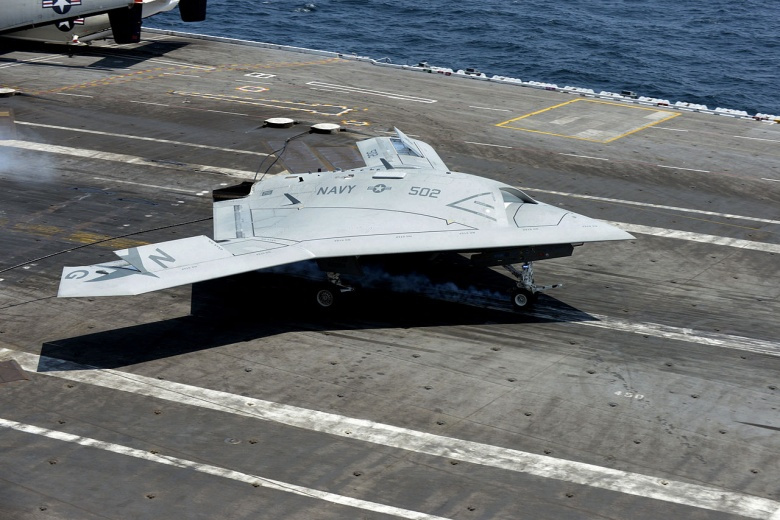BLACKEAGLE
SENIOR MEMBER

In the Golden Age of Drones, these countries lead the pack.
Robert Farley
February 16, 2015
China will remain a huge player in the drone market moving forward, and seems to be taking the right tack by emphasizing public-private cooperation in technology. This is an approach that the Americans and Israelis have also adopted.
Iran
Whatever threat Iran may pose to Middle East stability, the Islamic Republic is rarely mentioned in lists of cutting edge technology. Iran regularly boasts of extremely sophisticated systems (recall the Qaher 313 “stealth fighter”), and many of its claims on military technology need to be taken with a grain of salt.
But on drones, Iran punches well above its technological weight. Iran has struggled with putting together the systems needed to deploy a tactical attack drone, but it’s done a good job with affordable, reliable engines and airframes. Iran’s experience shows that modest investment can, in the right circumstances, have a high payoff. Iran has used drones extensively in Syria and Iraq, supplying the Iraqi and Syrian governments with recon data and identifying targets for manned airstrikes. Altogether, Iran probably has more operational experience with drones than any country other than Israel or the United States.
Iran has also had success in exporting its drones to proxies, such as Hezbollah, where they mostly play the same ISR role. Hezbollah has experimented with suicidal drones (not quite the same thing as cruise missiles, but not that far off), and Israel can probably anticipate a more complex aerial environment in the next Lebanon conflict.
Russia
The Golden Age of Drones didn’t strike at quite the right time for Russia. In the 1990s and 2000s, Russia was saddled with a large, inefficient, not particularly innovative military-industrial complex that was essentially hung over from the Soviet years. Developing advanced new UAVs, especially ones that depended on access to high tech communications networks, didn’t fall into the wheelhouse of the Russian system.
Things have changed, somewhat. The Russian aerospace industry still has enough kick to produce interesting airframes, and Russia has accumulated enough war experience in the last fifteen years to develop some good operational doctrine with respect to employment. Russia also seems to have a good appreciation of what UAVs can offer from a military standpoint.
There’s no indication thus far that Russia has used attack drones in Ukraine, but there’s little doubt that Russian forces have used UAVs to identify and track Ukrainian forces, supplying data to “separatists.” Russia has also explored the potential for drones in the Arctic. Long-range surveillance drones can undoubtedly improve Russia’s ability to manage and monitor its vast northern regions.
Conclusion
Looking ahead, the United States, China, and Israel will almost certainly remain on this list ten years from now. Each of these countries has developed the industrial capacity and human capital for drone development, and each has good reasons for staying on the edge of innovation. Iran and Russia may struggle to stay on top. Boxers can only punch above their weight for so long, and notwithstanding the creative ways that Iranians have employed drones thus far, a basic lack of industrial and innovative capacity relative to larger military-industrial complexes may eventually hamstring them. The Russian MIC remains large, but problems with the Russian economy, combined with the hugely expensive demands of reforming and recapitalizing the entire Russian military, could slow progress on drones.
Who might replace these countries? Good candidates include India, Brazil, and several EU countries. India combines familiarity with Russian practice, friendship with the United States, and an innovative tech sector. Brazil’s military aviation industry continues to grow, and the Brazilian military may become a reliable customer. France, when it decides to move in that direction, could potentially produce some very effective UAVs. The field remains open, and opportunities abound.
Image: DoD photo by Capt. Jane E. Campbell, U.S. Navy
The Five Most Deadly Drone Powers in the World | The National Interest
